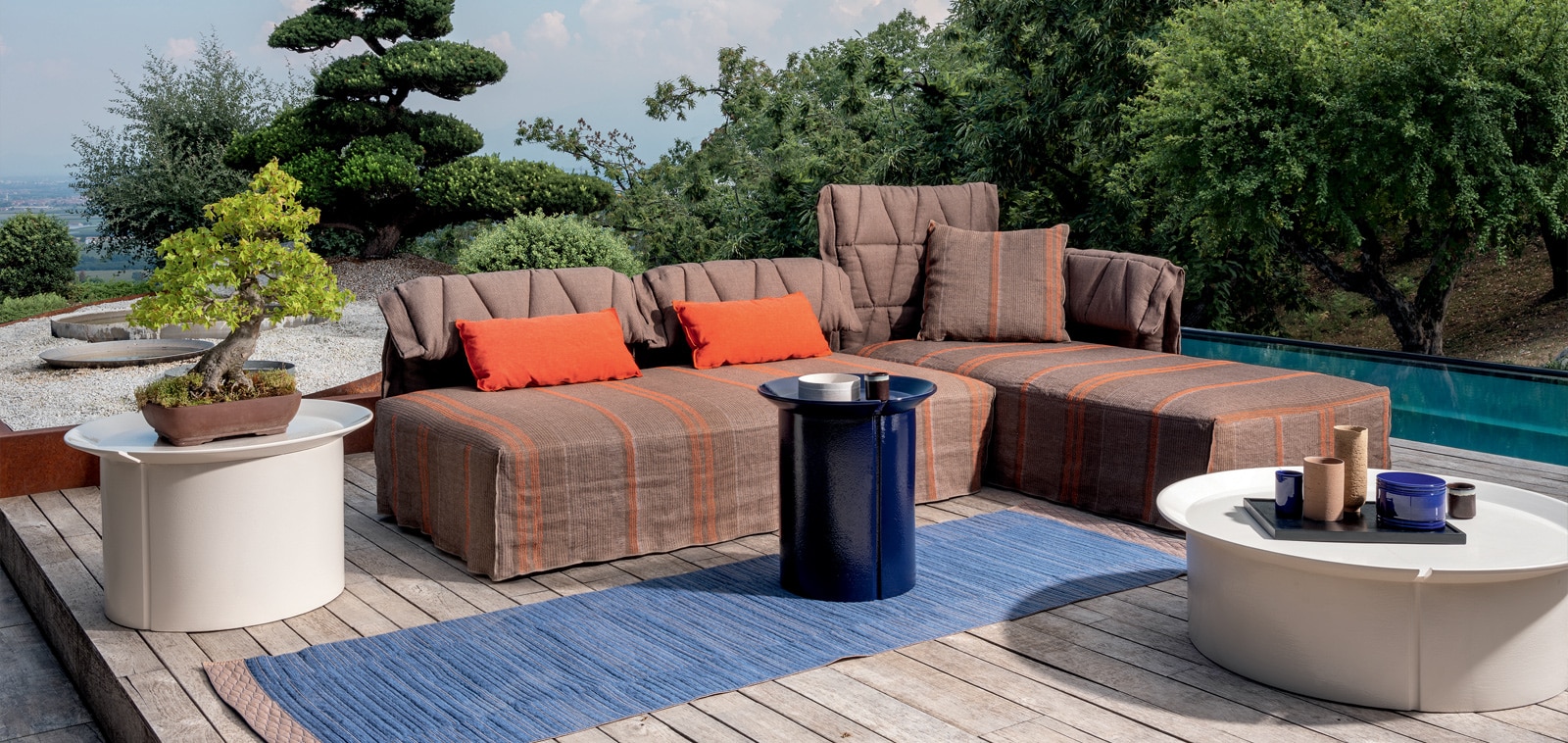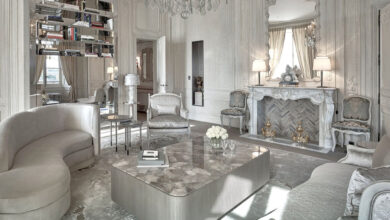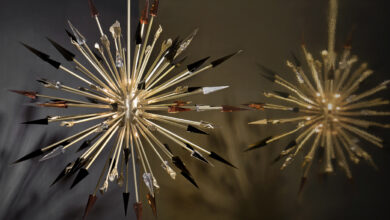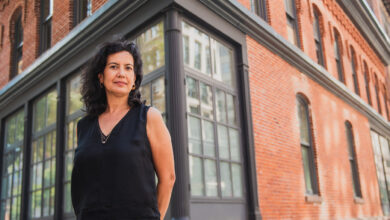Simplicity and Essentiality Are the Key Words
Gervasoni continues in the direction taken last year by consolidating its collaborations with planners and designers from different backgrounds to give life to multiple domestic universes, expanding its design and stylistic research while keeping intact that of materials and craftsmanship. The evolutionary process of which it is a protagonist aims to create proposals that are coherent with the brand’s DNA: the fixed points remain Gervasoni’s traditional stylistic features, but reinterpreted in a contemporary key. The result is therefore collections that reflect the identity of those who designed them while maintaining strong ties with the company’s aesthetics: the furnishings prove to be versatile, capable of dialoguing with one another. Timeless products meet contemporary and innovative furnishings, natural and technical materials come together, juxtapositions of soft and hard are born: new proposals and iconic pieces of furniture are dressed in different fabrics and combined with products from different collections to reflect the style of the home in which they are found, adapting to a wide variety of contexts.
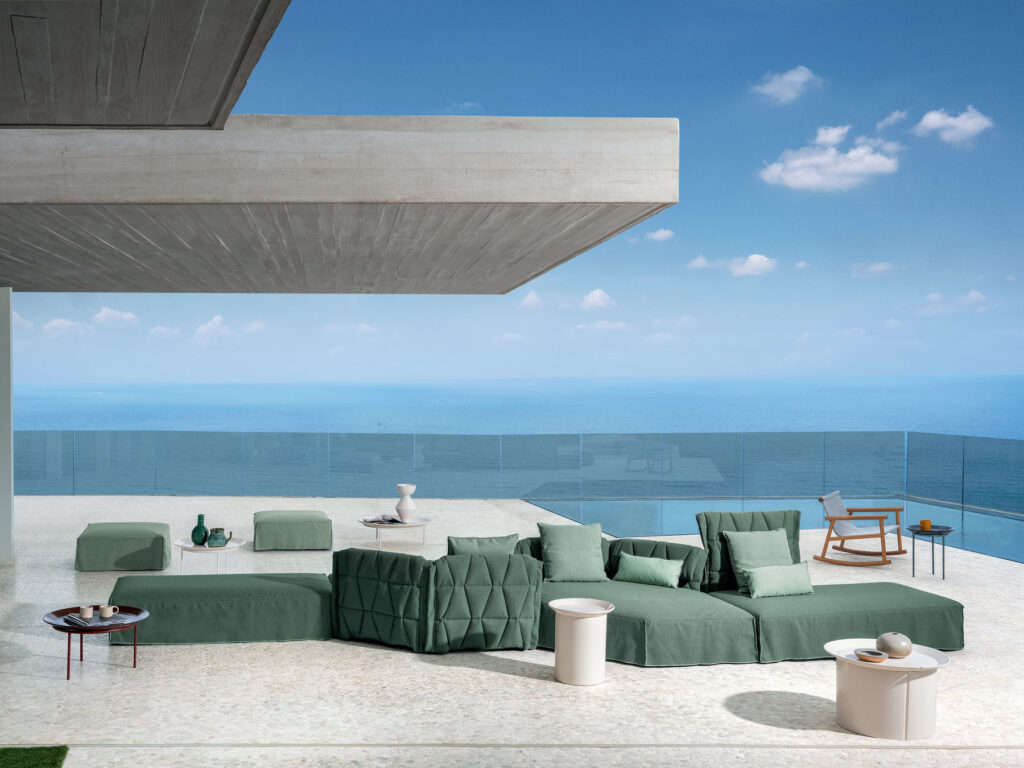
The layouts of the stand and the recent showroom in via Spartaco, different in aesthetics and design, will each in their own way narrate the 2023 indoor and outdoor novelties designed by Federico Peri, Federica Biasi, Gabriele and Oscar Buratti and Nendo: two different contexts in which the products will be divided to emphasise the harmonious balance of the project.
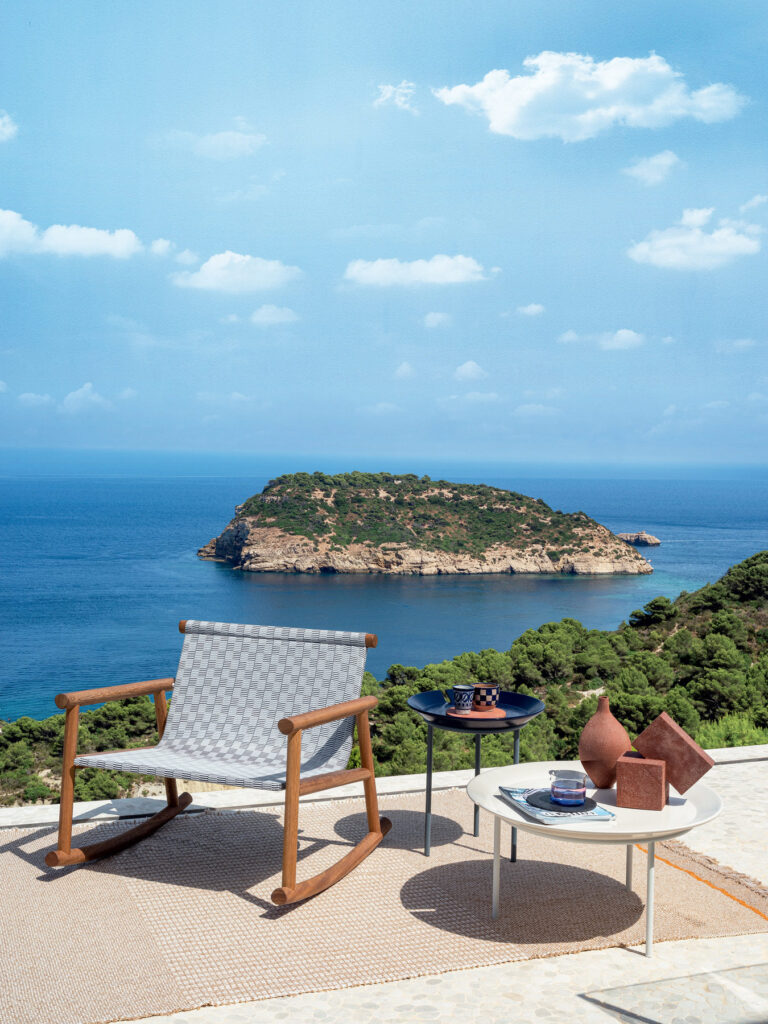
Among the indoor novelties Gabriele and Oscar Buratti sign Yaku, a collection composed of dining table and bench. Simplicity and essentiality are the key words that define the project: the Yaku term is a reference to the Japanese tradition of experimenting with the combination of simple elements and refined compositions. Inspired by the island of Yakushima, which is part of the Ōsumi Islands archipelago, the Yaku collection is a hymn to wood in its purest forms: the primary wooden elements, in reference to the ancient forest that envelops the entire island, are presented in their essentiality, used in clean cuts that highlight sections and refined proportions, overlapping and slightly spaced out to create a delicate dividing line. The components of the table and bench, characterised by simple geometric shapes, seem to be assembled in an elegant and sophisticated compositional framework, reminiscent of the ancient oriental interlocking game designed to create symmetrical three-dimensional units. The products, made of ash wood, in two different sizes, are ideal for decorating domestic spaces, giving them a strong personality thanks to three special wood colours.
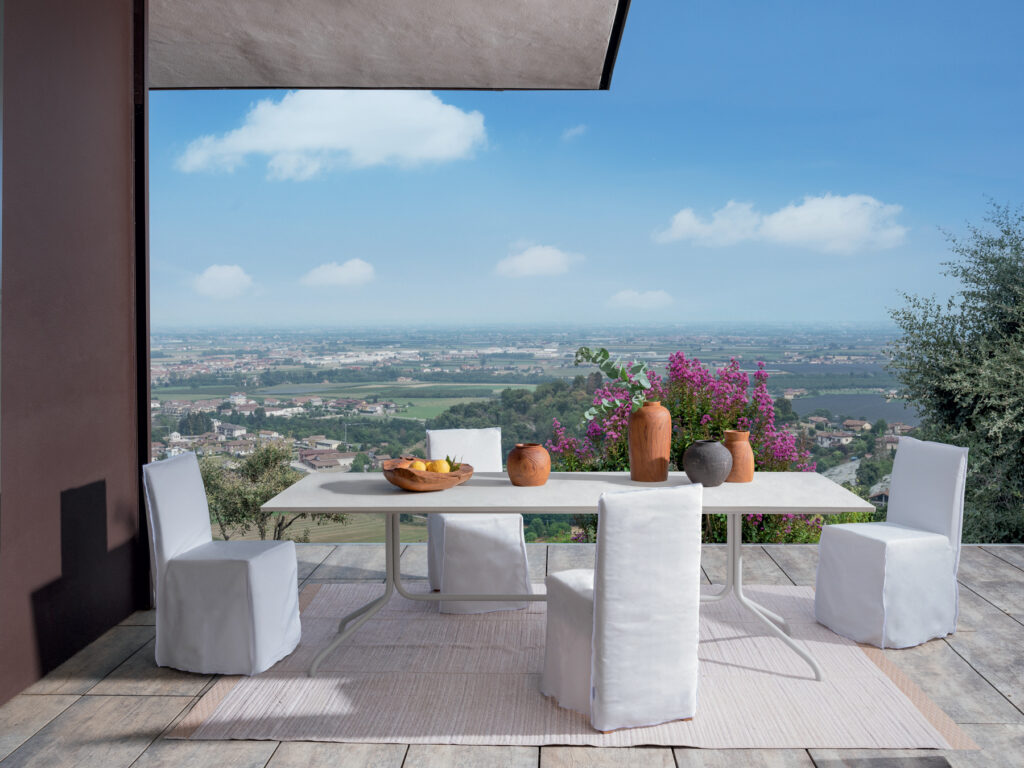
Also the Gervasoni Outdoor collection, born from a careful selection of natural and technical materials, pursues the same objectives and results as the indoor proposal: to create collections that are in line with the company’s aesthetics and at the same time have their own identity, managing to dialogue well with one another.
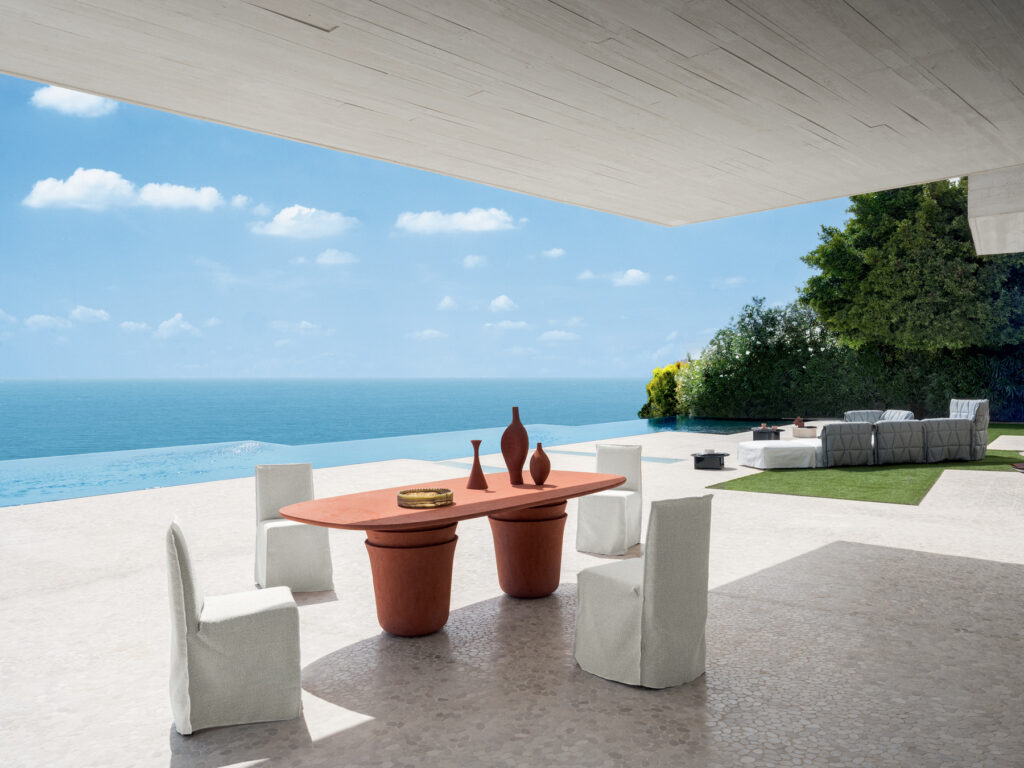

Among the outdoor novelties Federica Biasi expands the Brise collection, designed to enjoy conviviality in the open air. Brise, literally breeze, aims at taking us back to that pleasant sensation when a breeze makes the summer heat milder to enjoy moments of relaxation en plein air and, therefore, at accompanying happy and carefree moments. A lively collection, elegant and bubbly at the same time, calling to mind Art Nouveau, floral, liberty, defined by ornamental and decorative lines that are inspired by nature to harmonise with it. The freedom to compose the space around the outdoor table inspires the proposal of Brise chairs, with a slightly curved tubular stainless steel frame with seat and backrest in WoodEvolution, a resistant material suitable for making the most of very fine thicknesses. It is precisely the processing of the WoodEvolution backrest laser-carved to identify what is peculiar to the collection: the creation of a perforated texture reminiscent of Vienna straw. The backrest elements are fixed to the structure with a precious tone-on-tone nautical ribbon. Designed to match the seating, the Brise tables also suggest new ways of thinking about outdoor dining, whether for many guests or a few intimates. Available in different sizes and with round, rectangular or square tops, they have slender, light tubular stainless steel bases, while the tops, available in perforated galvanised sheet metal or ductal concrete, create patterns that recall those of the seating. All proposals in the Brise collection are available in three different colours, to create monochrome areas or play with different combinations.
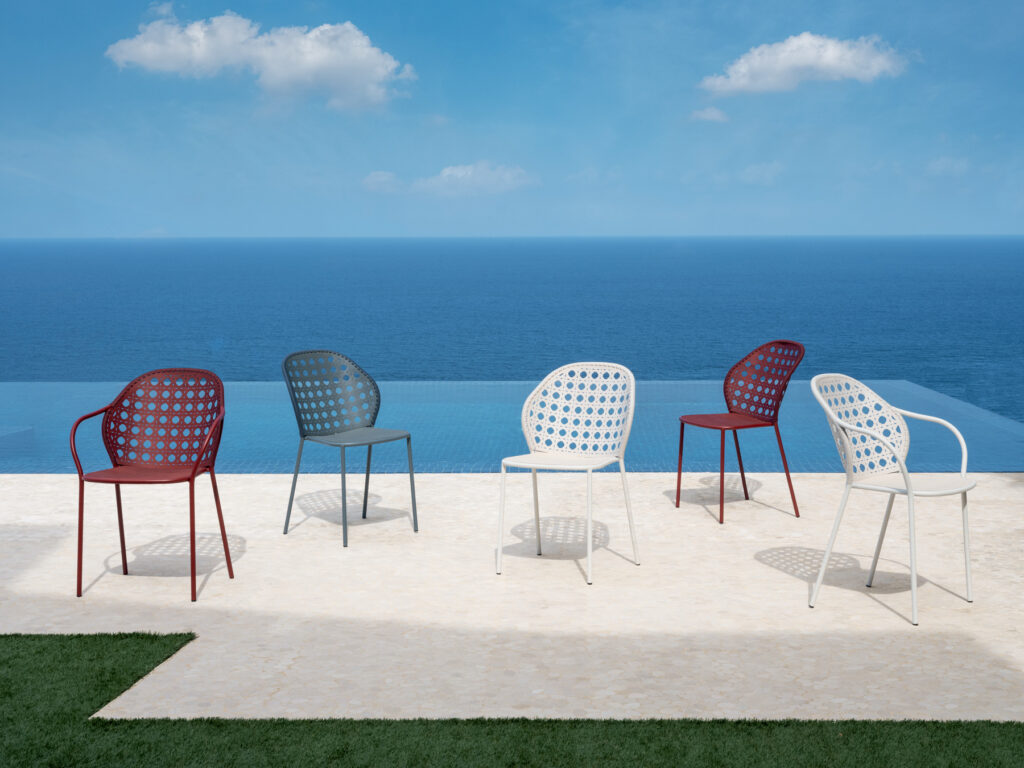
Another outdoor novelty is the Kasane collection, designed by Japanese studio Nendo. “Overlapping” in Japanese, Kasane is born from a play of interlocking and overlapping different elements, in which each product becomes a sculpture with soft, sinuous shapes. Inspired by the way cups, by stacking them one by one, gradually become taller,

